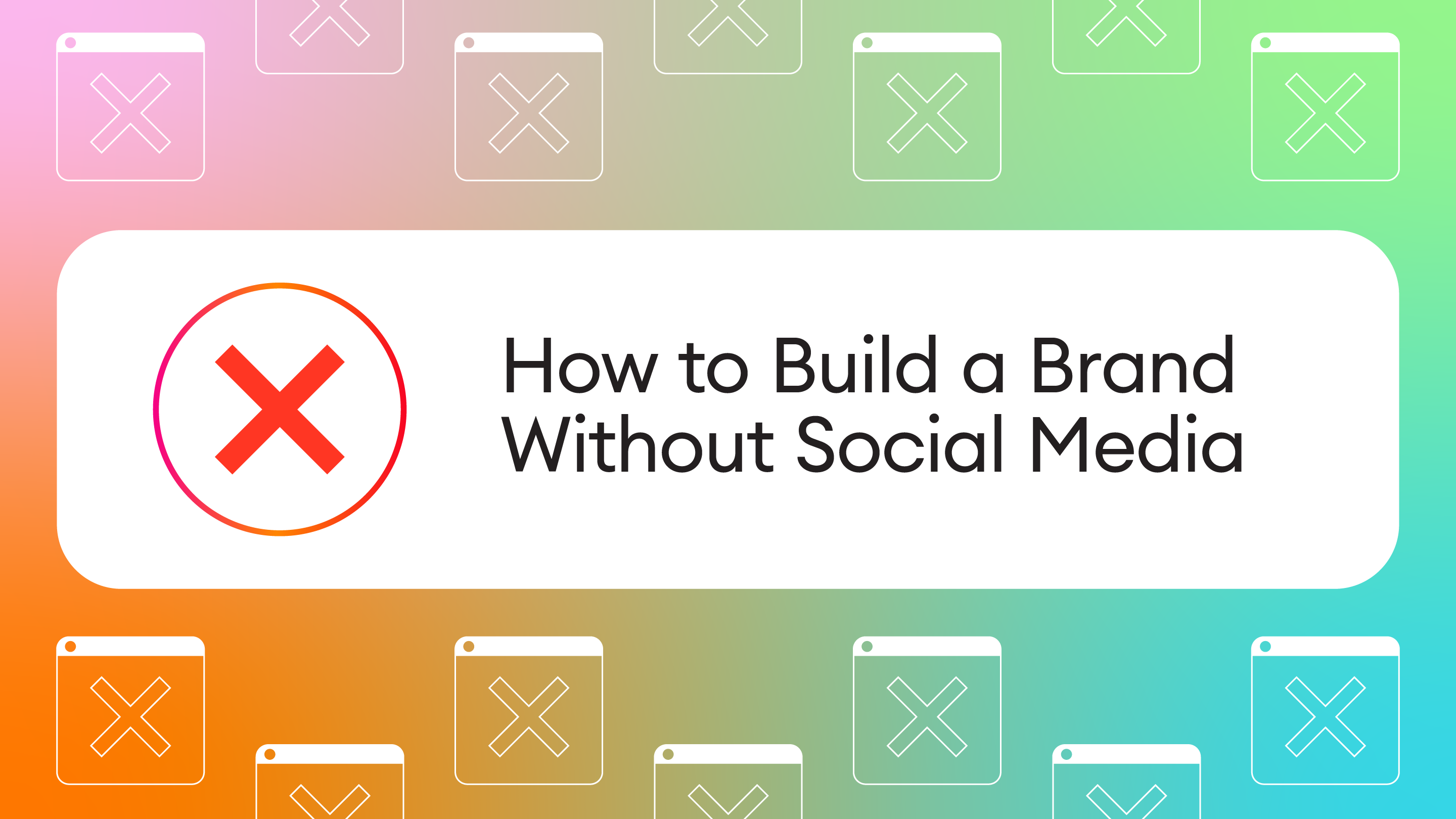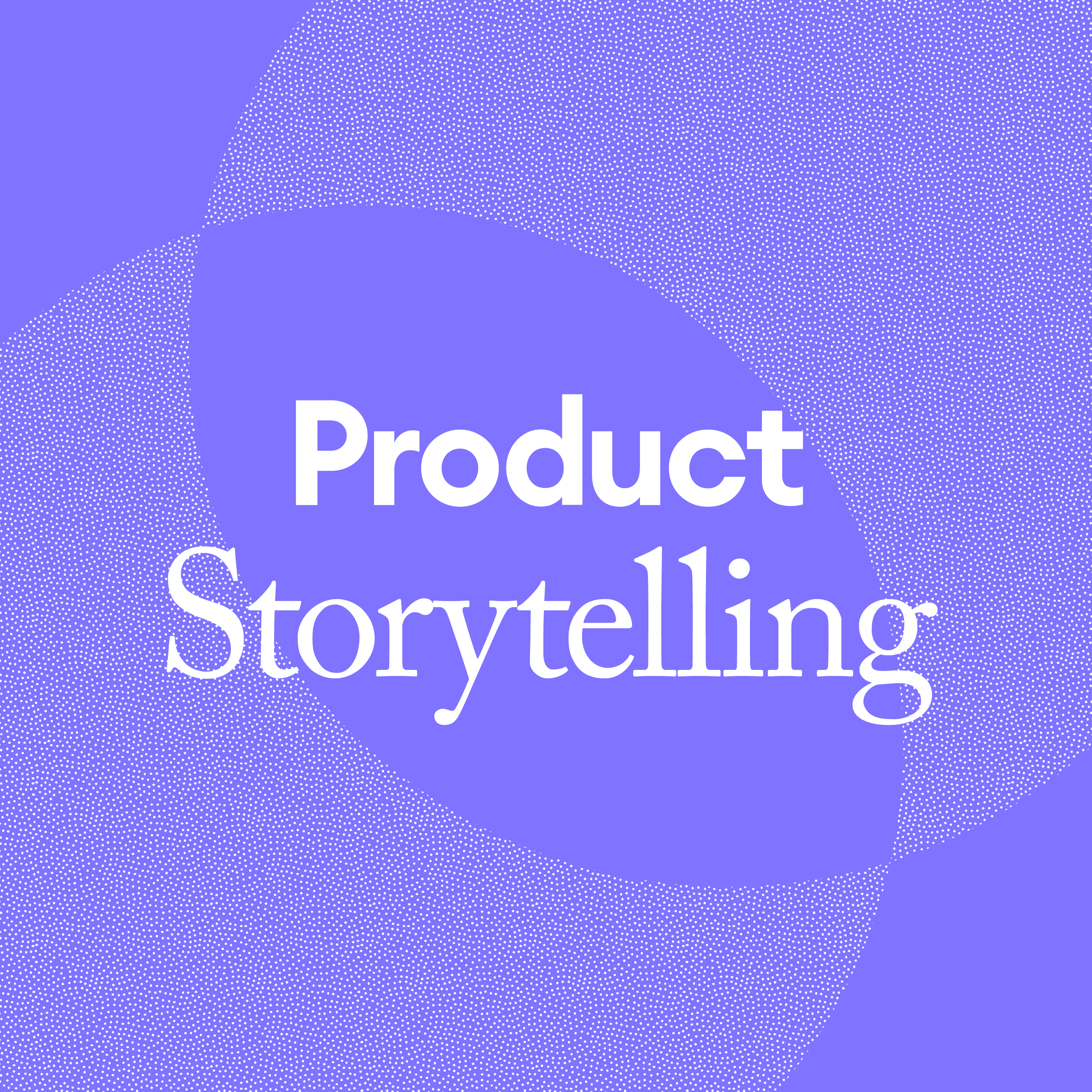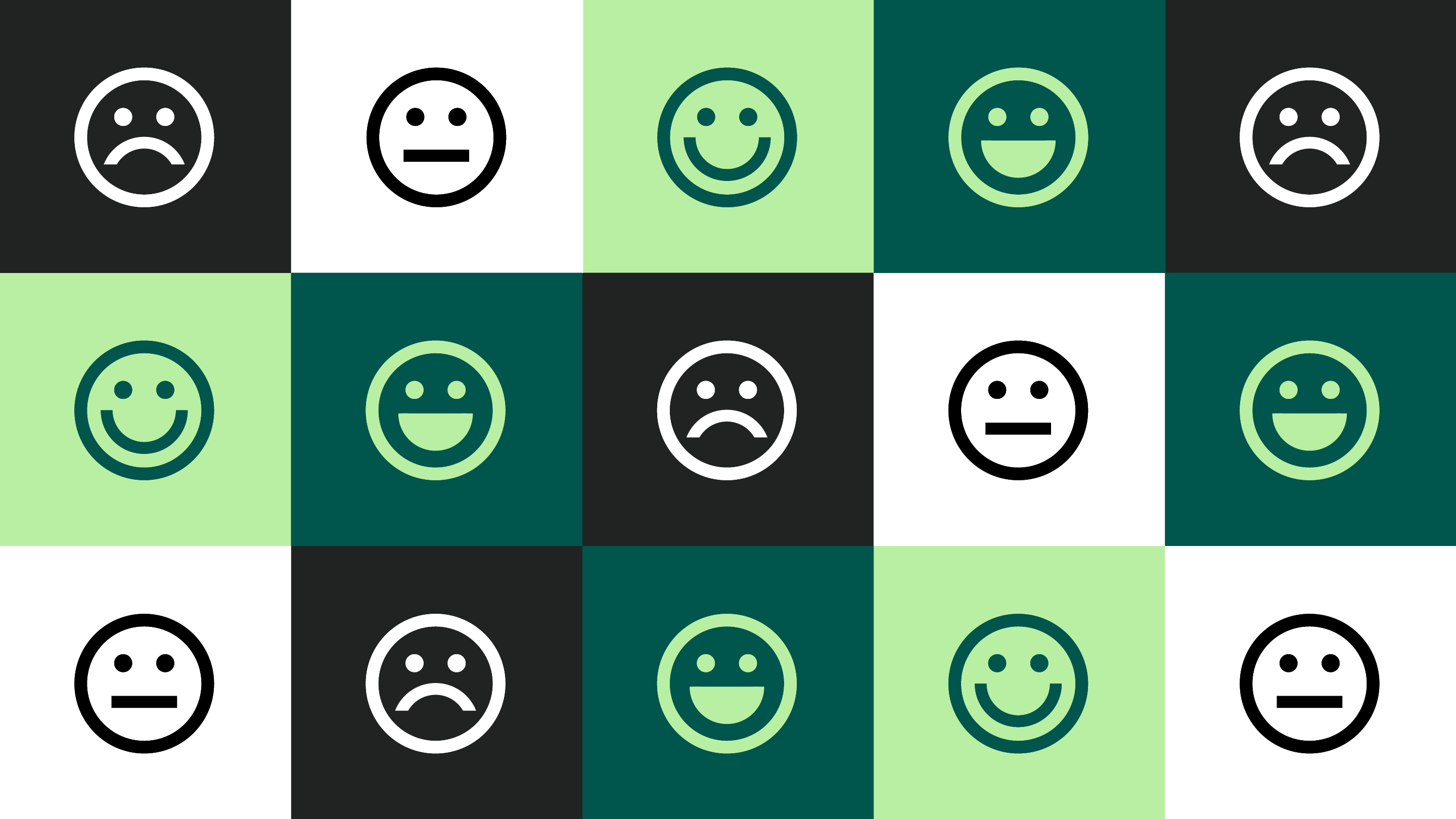We’re chronically online. We shop, crowdsource and share around the clock. When Instagram goes down, the reaction is almost instantaneous. So don’t get us wrong: we know social media is a goldmine for ecommerce. It’s a hub for connecting with consumers and building a community that will sing your praises (and sell your product). Ask the right questions and you’ll get valuable insights at the tap of an Instagram Story.
But there are cons too. Organic reach? A thing of the past. Brands across all industries have noticed performance decline everytime an algorithm gets an update. From Facebook to TikTok, social is increasingly pay-to-play for brands—you might pour thousands of dollars (or let’s be honest, more) into an ad strategy without seeing solid ROI. Between new features dropping on the near-daily and the constant demand for more content to feed the algorithm beast, it’s no wonder brands are exhausted trying to keep up.
Is it possible to get off the hamster wheel? How do we loosen our dependence on social media? We’re turning back to basics on a ton of other fronts—what if we approach marketing like it’s 2005? For proof it can be done, look no further than Lush. The cosmetics retailer deactivated the majority of their Instagram and Facebook accounts in 2021, citing concerns over increasingly harmful user impacts.
“For us, the biggest challenge has been and continues to be getting our brand in front of the millions of eyes that we had on those channels.”
—Brandi Halls, Chief Ethics Officer at Lush
So where did they land? Technically, they’re not totally gone—you’ll still find them posting on Pinterest and YouTube. Lush is also known for nurturing big influencer partnerships, maintaining a throughline to fans on Instagram and TikTok.
But they’re not the only brand turning to new channels. Names big and small are showing up here, there and everywhere—so if you’re looking for anti-social inspo, we’ve got just the thing.
Long live the inbox
Psilocybin is a booming market, but these brands face huge hurdles on Meta. Verbiage constraints, ad placement barriers and unexplained account deactivation are a constant battle—so they have to get creative. According to the head of brand and education at Fungtion, functional mushroom brands are reaching the adaptogen-curious through newsletters.
This isn’t our first time lauding the merits of email marketing, and it won’t be our last. You probably already have email in your marketing plan, but it might be time to tighten up your strategy—or try something totally new. We’re talking about scaling back, so what if you really applied that ethos here? Believe it or not, used strategically, plain text can be more effective than your best-designed HTML email. Just ask Newton.
In another corner of the email universe, there’s Substack. Despite seeming to vye for consideration as a social network with the addition of Notes, we see it more as a revival of the bygone RSS feed era. It’s bringing blogs back—but this time, straight to your inbox. After years of imagery-first social content, this community-driven, owned media platform has given fellow bookworms a place to consume long-form content again—and given writers a chance to monetize that content through subscriptions instead of ads.
When Alison Roman announced her Solicited Advice live tour via ‘a newsletter,’ Team Monday’s Slack was blowing up. Who was going—and most importantly, who was a paid subscriber with the coveted pre-sale code? It was a prime example of Substack done right, and it got our wheels spinning about the possibilities.
The personal nature of this channel means a newsletter from a human—say, a brand leader—is most likely to land. We know busy founders don’t have a ton of writing time on their hands. Luckily, we also know some very good executive ghostwriters who can outline a content strategy that’s effective and authentic.
You’ve got (snail) mail
There’s a nostalgic thrill to a good old-fashioned piece of post. You can’t tell us you don’t love a well-designed surprise tucked into the slew of bills and junk mail. That’s why we’re seeing more and more brands turning—and returning—to physical mail campaigns.
The team at Mejuri has this dialled. When they expand into a new market, direct mail is one of their major tools to establish a presence and build brand awareness. You’re able to reach specific locations and demographics the same way you would in targeted social ads—and can easily track campaign attribution thanks to the resurgence of QR codes.
But a cheesy mass flyer likely won’t yield the results you’re after. Craft this as you would any other medium, with thoughtful design and benefit-driven copy. Whenever possible, offer an incentive discount or product sample to sweeten the deal.
Consider this a sign
See what we did there? From Apple’s 1997 ‘Think Different’ series to Nike’s present-day ode to Caitlin Clark, a good out-of-home campaign can hit all the right marks. We may never get over BelliWelli’s ‘Hot Girls Have IBS’ billboard—our founder Amanda even sat down to get the viral deets straight from the source.
Another great grassroots tactic is wheatpasting, AKA wild posting. We love how Depop celebrated LGBTQIA+ creatives in their Texas resale campaign—and it worked so well because the medium suited the message. Wheatpasting is inherently rebellious and countercultural, so it’s no wonder it struck a chord with Gen Zers that are all about authenticity and individuality.
Whatever format you choose, the key is making a statement. Be bold, be relevant and start a conversation—that’s the secret to getting your audience spread the message even further via their own social and group chats.
Bring people together—literally
Experiential campaigns are a chance to connect with consumers face to face. Not only are you creating an emotional connection by physically bringing them into your world, you’re opening up a direct sales pipeline for people to see, feel and test products IRL—creating interaction and purchasing opportunities, plus garnering on-the-ground insights you can use to feed product development.
We’ve seen this work firsthand in the early days of apparel brand Kit and Ace. To mark the opening of a new store, the brand hosts intimate dinners with a dedicated crew of influential locals and culture makers. Gifting product while breaking bread earns a bunch of brand advocates in a single evening. Post-pandemic, we’re seeing even more of a hunger for in-person events—so this is your chance to be the host with most.
Tune in to the airwaves
Remember the radio? Whether listeners are commuting or cleaning, you have the ears of a captive audience. As an added bonus, radio marketing is generally cost-effective—particularly if you’re targeting a geo-specific audience.
Then there’s the power of the podcast, projected to reach 504.9 million listeners this year. They take the format of radio but reach a highly targeted international audience—while radio is all about location, podcasts are all about shared interests. Hosts often build a diehard following, so you’re tapping into an audience where there’s already a baseline of trust. Endorsements from those beloved hosts can go a long way. Plus, podcasts tend to have longer listening sessions—which means higher ad exposure and better recall.
While radio or podcasts are great for ad space, there’s more than one way to get airtime. If you have a particularly passionate team member, connect them with a values-aligned radio show or pod where they can speak from the heart in a way that’s relevant to the audience. Brand awareness can be just as easily built from good conversation as it can from creative.
Go ahead, close the apps—there are still ways to get your brand out there without social media. If you need a few more out-of-the-box ideas, our inbox is always open.







